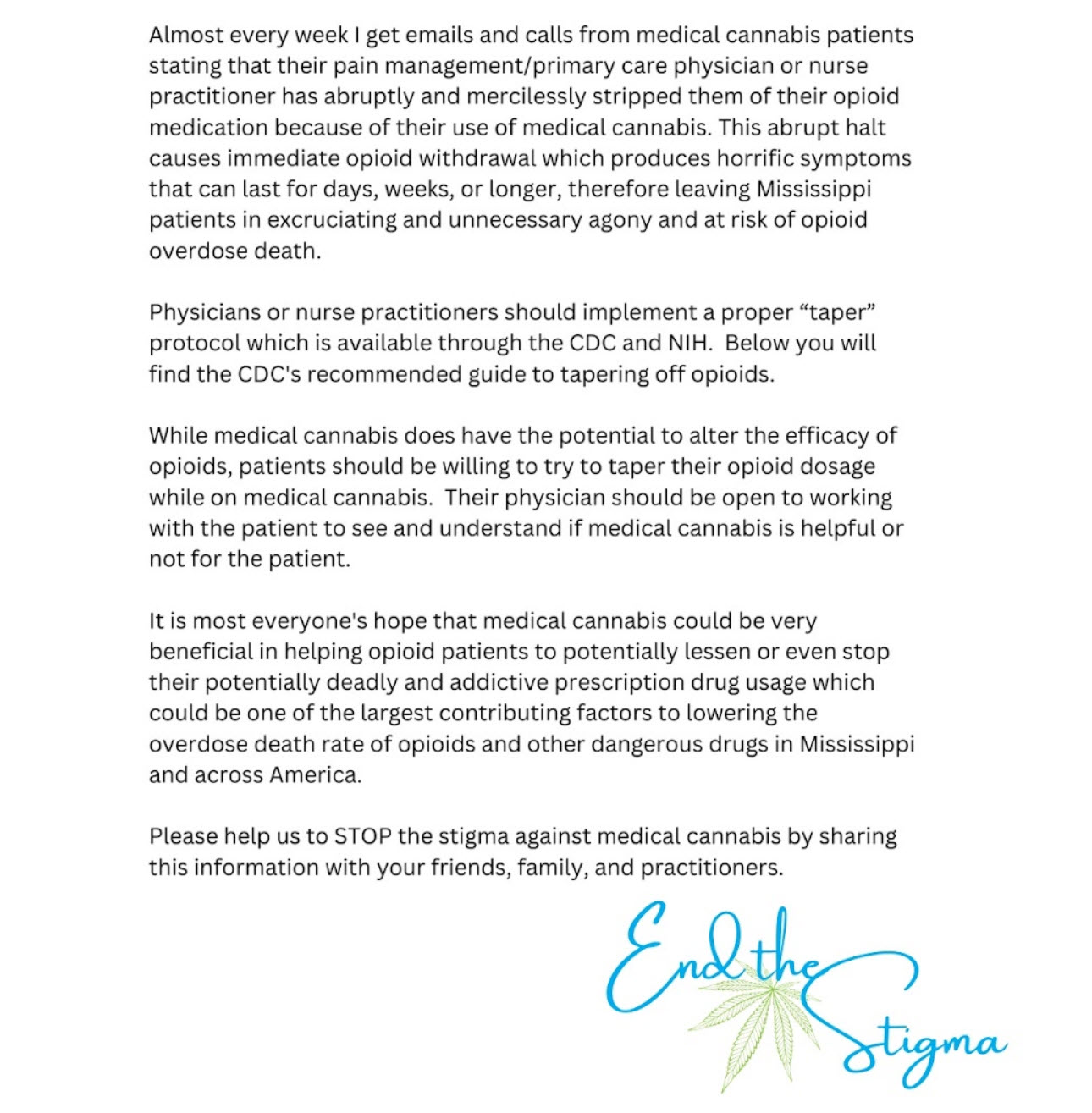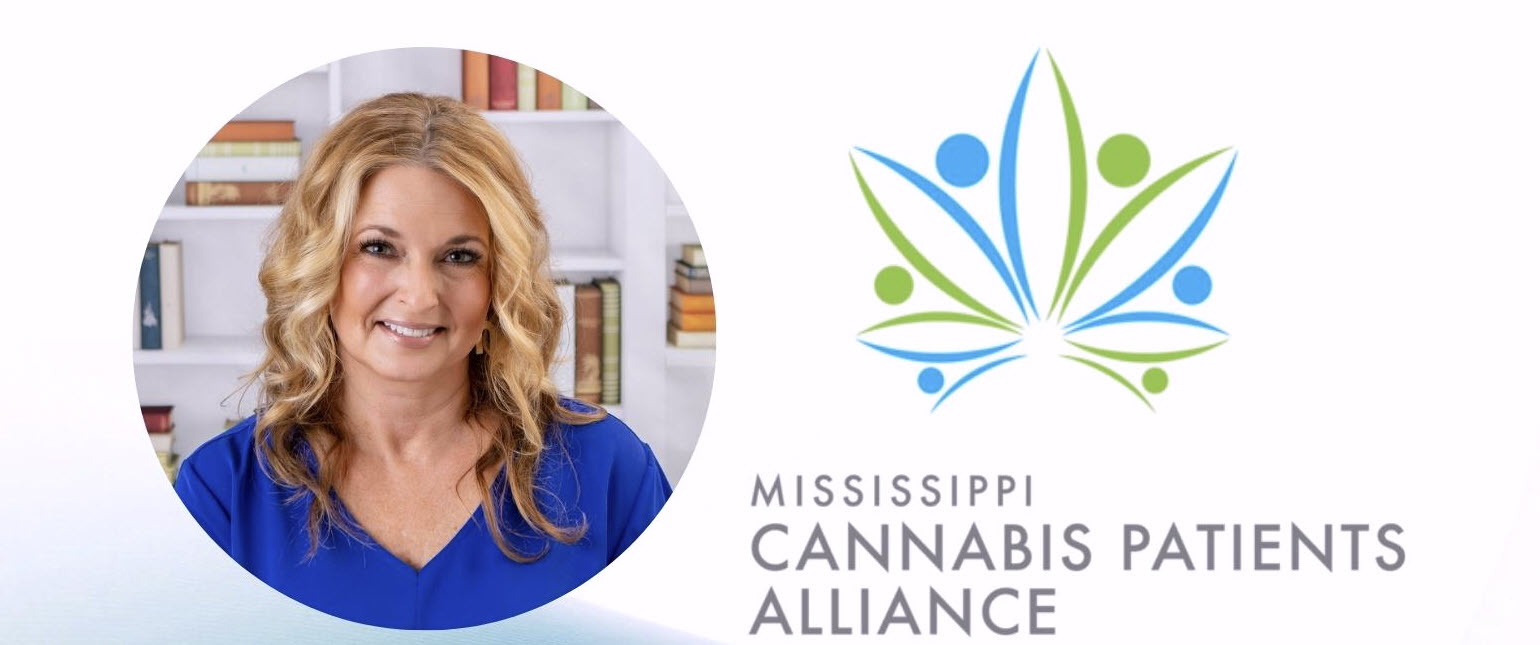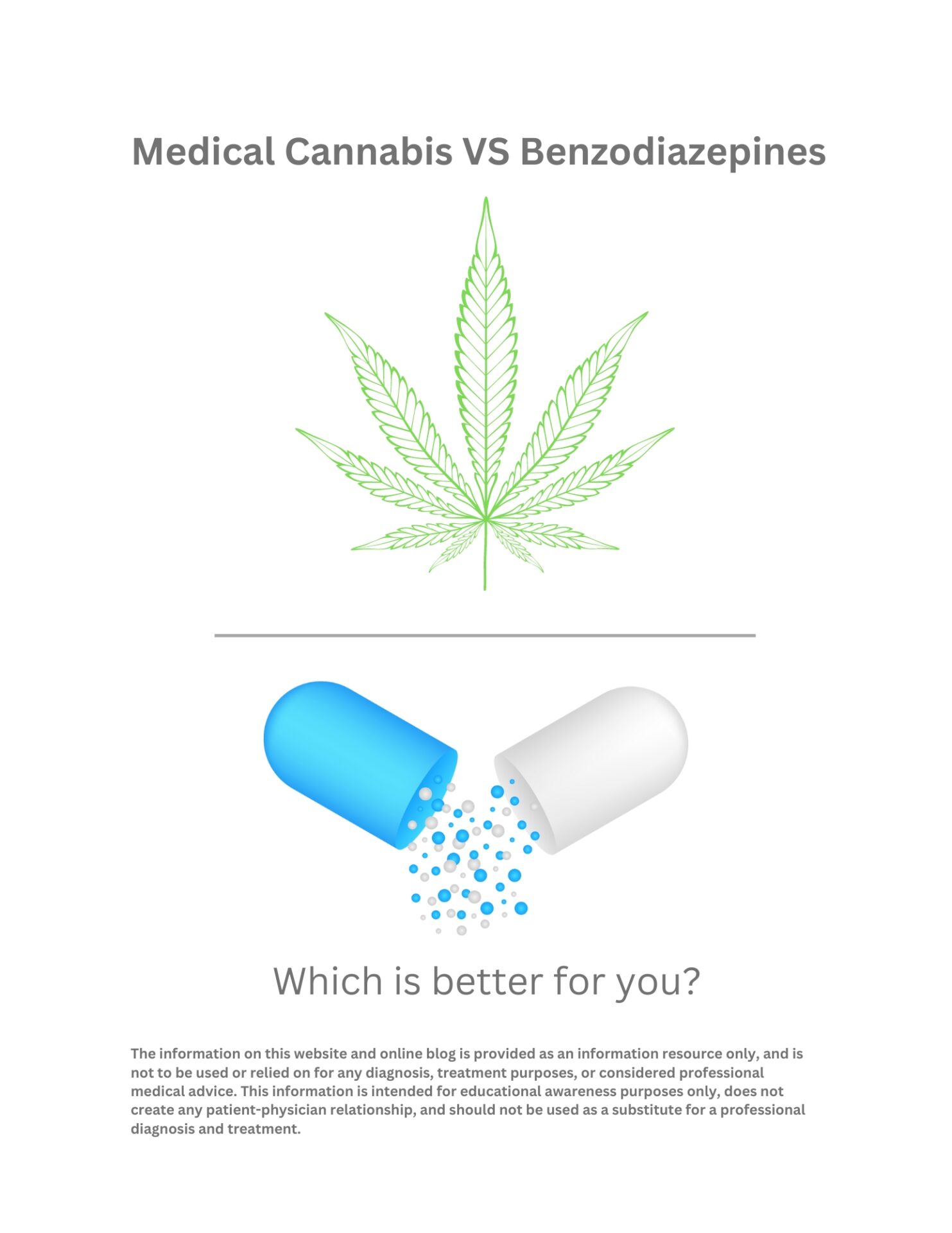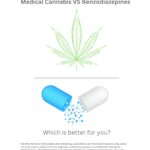Which is better for you? You be the judge.
PLUS: Tapering off Benzos
BENZODIAZEPINES: PROS/CONS
Benzodiazepines are a class of drugs that are used to treat anxiety, insomnia, and seizures. They work by binding to GABA receptors in the brain, which increases the activity of GABA, a neurotransmitter that promotes calmness and relaxation.
Alistair J. Reid Finlayson, Department of Psychiatry and Behavioral Sciences, Vanderbilt Psychiatric Hospital, Vanderbilt University Medical Center stated that “Over 92 million prescriptions for benzodiazepines are dispensed in the United States annually, yet little is known about the experiences of those taking and discontinuing them.”(1)
Benzodiazepines can impair a person’s ability to drive, operate machinery, and make decisions. This is because they slow down the central nervous system and can cause drowsiness, dizziness, and impaired judgment. The impairment caused by benzodiazepines can last for several hours after taking the drug.
The length of time that benzodiazepines stay in the bloodstream depends on the type of benzodiazepine and the dose that is taken. Short-acting benzodiazepines, such as alprazolam (Xanax) and lorazepam (Ativan), have half-lives of 6-12 hours. This means that it takes 6-12 hours for the body to eliminate half of the drug from the bloodstream. Long-acting benzodiazepines, such as diazepam (Valium) and clonazepam (Klonopin), have half-lives of 20-50 hours. This means it takes the body 20-50 hours to eliminate half of the drug from the bloodstream.
The following table shows the half-lives of some common benzodiazepines:
Drug | Half-life |
Alprazolam (Xanax) | 12 hours |
Lorazepam (Ativan) | 10 hours |
Diazepam (Valium) | 50 hours |
Clonazepam (Klonopin) | 30 hours |
It is important to note that the half-life of a drug is only an average. The actual time it takes for the body to eliminate a drug from the bloodstream can vary from person to person.
If you are taking benzodiazepines, it is important to be aware of the potential for impairment and to take steps to reduce your risk of accidents or injuries. You should not drive or operate machinery until you are sure that you are no longer impaired. You should also avoid making important decisions or engaging in activities that require a high level of concentration or coordination.
If you have any questions or concerns about benzodiazepines, please talk to your doctor.
The effects of benzodiazepines vary depending on the type of benzodiazepine, the dose, and the individual’s metabolism. In general, however, benzodiazepines can impair cognitive function, coordination, and judgment. This impairment can last for several hours after taking the drug.
The half-life of a benzodiazepine is the time it takes for half of the drug to be eliminated from the body. The half-life of different benzodiazepines ranges from 2 to 20 hours. This means that it can take several days for the body to completely eliminate a single dose of a benzodiazepine.
The following table shows the half-lives of some common benzodiazepines:
Benzodiazepine | Half-life (hours) |
Alprazolam (Xanax) | 11-13 |
Chlordiazepoxide (Librium) | 50-100 |
Clonazepam (Klonopin) | 30-40 |
Diazepam (Valium) | 30-200 |
Flurazepam (Dalmane) | 100-150 |
Lorazepam (Ativan) | 12-15 |
Oxazepam (Serax) | 5-15 |
Temazepam (Restoril) | 10-12 |
It is important to note that the half-life of a benzodiazepine does not necessarily reflect the duration of its effects. The effects of a benzodiazepine can last longer than its half-life due to the drug’s active metabolites. Active metabolites are substances that are produced by the body when it metabolizes a drug. In some cases, active metabolites can have longer half-lives than the parent drug.
For example, the active metabolite of diazepam is nordazepam. The half-life of nordazepam is 96 hours. This means that the effects of diazepam can last for several days after taking a single dose.
The impairment caused by benzodiazepines can be dangerous, especially when operating a motor vehicle or heavy machinery. It is important to be aware of the risks associated with benzodiazepines and to take precautions to avoid impairment.
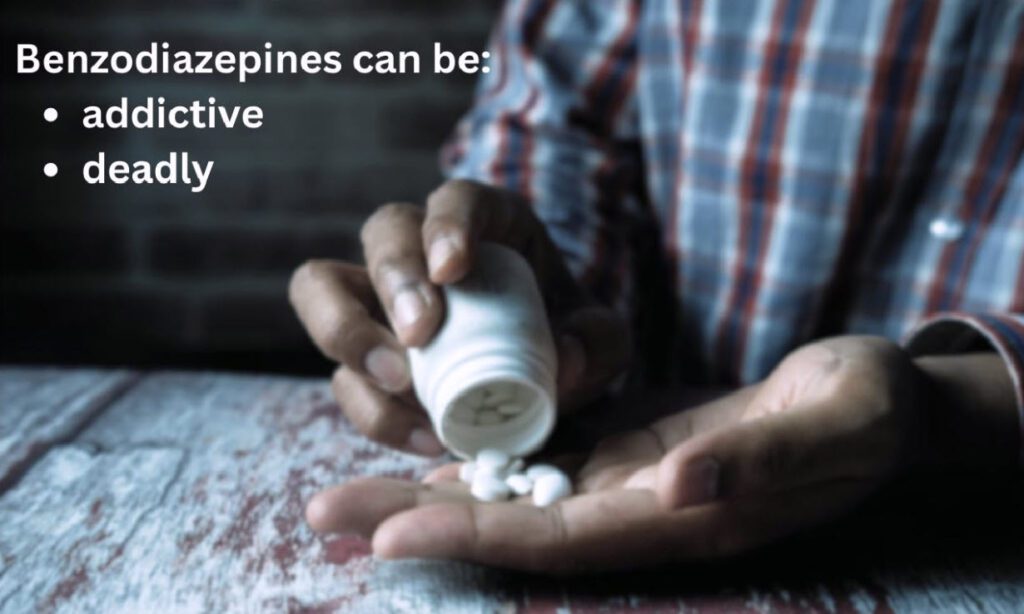
Here are some tips for avoiding impairment from benzodiazepines:
- Do not drive or operate machinery after taking a benzodiazepine.
- Get plenty of rest after taking a benzodiazepine.
- Avoid alcohol and other drugs that can impair your judgment.
- Talk to your doctor about the risks of benzodiazepines and how to take them safely.
Benzodiazepines are a class of drugs that are used to treat anxiety, insomnia, and seizures. They work by slowing down the central nervous system, which can help to reduce symptoms such as anxiety, restlessness, and difficulty sleeping.
However, benzodiazepines can also have a number of side effects, including:
- Drowsiness
- Dizziness
- Confusion
- Slurred speech
- Memory problems
- Impaired coordination
- Increased risk of falls and accidents
- Withdrawal symptoms, such as anxiety, insomnia, and seizures, if the medication is stopped suddenly
Benzodiazepines can also be addictive. The risk of addiction increases with the length of time the medication is used and the higher the dose. People who are at an increased risk of addiction to benzodiazepines include those with a history of substance abuse, mental health disorders, or family history of addiction.
Overdose on benzodiazepines can be fatal. Symptoms of overdose can include:
- Extreme drowsiness
- Slowed breathing
- Seizures
- Coma
If you or someone you know has overdosed on benzodiazepines, call 911 or your local emergency number immediately.
Here are some tips for reducing the risk of addiction and overdose when taking benzodiazepines:
- Take the medication exactly as prescribed by your doctor.
- Do not take more than the prescribed dose.
- Do not share your medication with anyone else.
- Do not take benzodiazepines if you are pregnant or breastfeeding.
- Talk to your doctor about any other medications you are taking, as some may interact with benzodiazepines.
- Be aware of the signs and symptoms of addiction and overdose.
- If you experience any of these symptoms, contact your doctor immediately.
If you are struggling with addiction to benzodiazepines, there are resources available to help you. You can talk to your doctor about treatment options, such as medication-assisted treatment (MAT), therapy, and support groups. There are also many online resources available, such as the National Institute on Drug Abuse’s website (www.drugabuse.gov) and the Substance Abuse and Mental Health Services Administration’s website (www.samhsa.gov).
Addiction risk of benzodiazepines:
Benzodiazepines are addictive drugs. This means that they can lead to a physical and psychological dependence. If you take benzodiazepines for a long time, you may find that you need to take more and more of the drug to get the same effect. This is a tolerance build up. You may also experience withdrawal symptoms if you stop taking the drug suddenly.
Overdose death on benzodiazepines:
Benzodiazepines can be fatal in overdose. The risk of overdose is increased if benzodiazepines are taken with other drugs that depress the central nervous system, such as alcohol, opioids, or barbiturates.
If you are taking benzodiazepines, it is important to be aware of the risks of addiction and overdose death. You should only take benzodiazepines as prescribed by your doctor and you should never take more of the drug than prescribed. If you experience any of the side effects of benzodiazepines, you should talk to your doctor.
If you are concerned about addiction or overdose, there are resources available to help you. You can talk to your doctor, a therapist, or a support group. There are also hotlines and websites that can provide information and support.
Here are some resources that can help:
- National Institute on Drug Abuse (NIDA): 1-800-662-HELP (4357)
- Substance Abuse and Mental Health Services Administration (SAMHSA): 1-800-662-HELP (4357)
- National Alliance on Mental Illness (NAMI): 1-800-950-NAMI (6264)
- National Suicide Prevention Lifeline: 1-800-273-TALK (8255)
- Crisis Text Line: Text HOME to 741741
You can also get help online at the following websites:
- NIDA’s website: https://www.drugabuse.gov/
- SAMHSA’s website: https://www.samhsa.gov/
- NAMI’s website: https://www.nami.org/
- Crisis Text Line’s website: https://www.crisistextline.org

MEDICAL CANNABIS: Pros/Cons
Medical cannabis is a term used to describe the use of the Cannabis sativa L. plant and its cannabinoids to treat a variety of medical conditions. Cannabis is a plant that contains over 100 different cannabinoids, which are chemical compounds that interact with the body’s endocannabinoid system. The endocannabinoid system is a network of receptors throughout the body that helps to regulate a variety of functions, including pain, inflammation, appetite, and mood.
There is a growing body of research that suggests that medical cannabis can be effective in treating a variety of medical conditions, including but not limited to:
- Chronic pain: Medical cannabis can be effective in reducing chronic pain, including pain caused by arthritis, cancer, Sickle Cell Anemia, and chronic headaches.
- Epilepsy: Medical cannabis has been shown to be effective in reducing the frequency and severity of seizures in people with epilepsy.
- Multiple sclerosis: Medical cannabis can be effective in reducing spasticity, pain, and fatigue in people with multiple sclerosis.
- Nausea and vomiting: Medical cannabis can be effective in reducing nausea and vomiting caused by chemotherapy and other medical treatments.
- Appetite loss: Medical cannabis can be effective in increasing appetite in people with HIV/AIDS, cancer, and other conditions that cause weight loss.
- PTSD: Medical cannabis can be effective in reducing the symptoms of PTSD, including nightmares, flashbacks, and anxiety.
- Autism spectrum disorder: Medical cannabis has been shown to be effective in reducing irritability, hyperactivity, and repetitive behaviors in people with autism spectrum disorder.
- Other conditions medical cannabis can treat but not yet approved in Mississippi as a qualifying medical condition.
- Insomnia: Medical cannabis can be effective in improving sleep quality in people with insomnia.
- Anxiety: Medical cannabis can be effective in reducing anxiety in people with anxiety disorders.
- Other conditions medical cannabis can treat but not yet approved in Mississippi as a qualifying medical condition.
It is important to note that the research on medical cannabis is still in its early stages, and more research is needed to fully understand its potential benefits and risks. Additionally, the legal status of medical cannabis varies from state to state, so it is important to check with your local laws before using medical cannabis.
Here are some additional things to keep in mind about medical cannabis:
- It is not legal in all states. If you live in a Mississippi, where medical cannabis is legal, you will need to obtain a medical cannabis certification from a MSDH approved practitioner in Mississippi and then apply with the MSDH MMCP online.
- It is not regulated by the FDA. This means that there is no guarantee of the quality or safety of medical cannabis products.
- It can interact with other medications. If you are taking other medications, it is important to talk to your doctor about the potential interactions with medical cannabis.
- It can have side effects. The most common side effects of medical cannabis include dry mouth, drowsiness, and dizziness. Less common side effects can include anxiety, paranoia, and hallucinations.
Cannabinoids have been shown to have a number of therapeutic benefits, including:
- Pain relief: Cannabinoids can be effective in relieving pain from a variety of conditions, including chronic pain, cancer pain, and neuropathic pain.
- Inflammation: Cannabinoids can reduce inflammation, which is a key factor in a number of conditions, including arthritis, Crohn’s disease, and multiple sclerosis.
- Appetite stimulation: Cannabinoids can stimulate appetite, which can be helpful for people who have lost their appetite due to cancer, HIV/AIDS, or other conditions.
- Nausea and vomiting: Cannabinoids can help to reduce nausea and vomiting, which are common side effects of chemotherapy and other medical treatments.
- Epilepsy: Cannabinoids have been shown to be effective in reducing seizures in people with epilepsy.
- Mental health: Cannabinoids may be helpful for treating a variety of mental health conditions, including anxiety, depression, and post-traumatic stress disorder (PTSD).
Medical cannabis is not without risks. Some potential side effects of medical cannabis use include:
- Dizziness: Cannabinoids can cause dizziness, which can make it difficult to drive or operate machinery. Increased fall risk.
- Impaired coordination: Cannabinoids can impair coordination, which can increase the risk of falls and accidents.
- Memory problems: Cannabinoids can cause memory problems, which can make it difficult to learn new information or remember things.
- Psychosis: In rare cases, cannabinoids can trigger psychosis, a mental health condition that is characterized by hallucinations and delusions.
- Cannabis impairment: The effects of cannabis can last anywhere from 30 minutes to 3 hours, depending on the potency of the cannabis, the person’s body weight, and their individual metabolism. The NIH reported that “…there was no difference between any of the THC groups and placebo on any neurocognitive measure after 4 hours of recovery.” Some people may experience impaired judgment, coordination, and decision-making skills while impaired. They may also have difficulty concentrating and paying attention while impaired.
- How long is THC in the body: Typically, cannabis (THC) can be detected in the bloodstream for up to 12 hours, urine 1 to 30 days, saliva for 24 hours, and 90 days in hair, all depending on patient usage. However, the amount of cannabis that can be detected decreases over time. After one day, only about 10% of the cannabis that was consumed is still in the bloodstream. After two days, only about 5% is still present. And after three days, only about 2% remains. Everyone metabolizes cannabis differently and will have varying results.
- Side effects of cannabis: The side effects of cannabis use can vary from person to person. Some common side effects include:
- Dry mouth
- Red eyes
- Increased heart rate
- Anxiety
- Paranoia
- Hallucinations
- Dizziness
- Nausea
- Vomiting
- Psychosis (in rare cases)
- Addiction risk of cannabis: The addiction risk of cannabis is low compared to other drugs, such as opioids, alcohol, and cocaine. However, some people can become addicted to cannabis.
- Cannabis tolerance: The bodies ability to require more and more THC and/or cannabinoids.
- Tolerance break: slowly taper back on usage and potency; until you take no cannabis for 21 days. Then slowly reintroduce medical cannabis at a lower potency and lower usage rate.
Overdose death on cannabis: There have been no reported cases of death from tested medical cannabis overdose. However, cannabis can be dangerous if it is used in conjunction or laced with other drugs or alcohol.
Benefits of cannabis use: There are some potential benefits to using cannabis, such as:
- Pain relief
- Nausea relief
- Appetite stimulation
- Muscle relaxation
- Sleep improvement
- PTSD
- Seizure reduction
Medical cannabis may be a safe and effective treatment for some conditions, but it is important to talk to your doctor/practitioner about the risks and benefits before starting treatment especially if taking other prescribed medications since it can potentially increase or decrease the efficacy of the prescription drugs.
It is important to note that cannabis is not a cure for any condition and can only provide temporary relief of symptoms.
Cannabis is a drug, and like any other drug, there are risks associated with using cannabis which can have both positive and negative effects that differ per individual. It is important to weigh the risks and benefits of cannabis use before deciding whether or not to use it. Always discuss your potential medical cannabis use with your primary care physician/practitioner and medical cannabis practitioner.
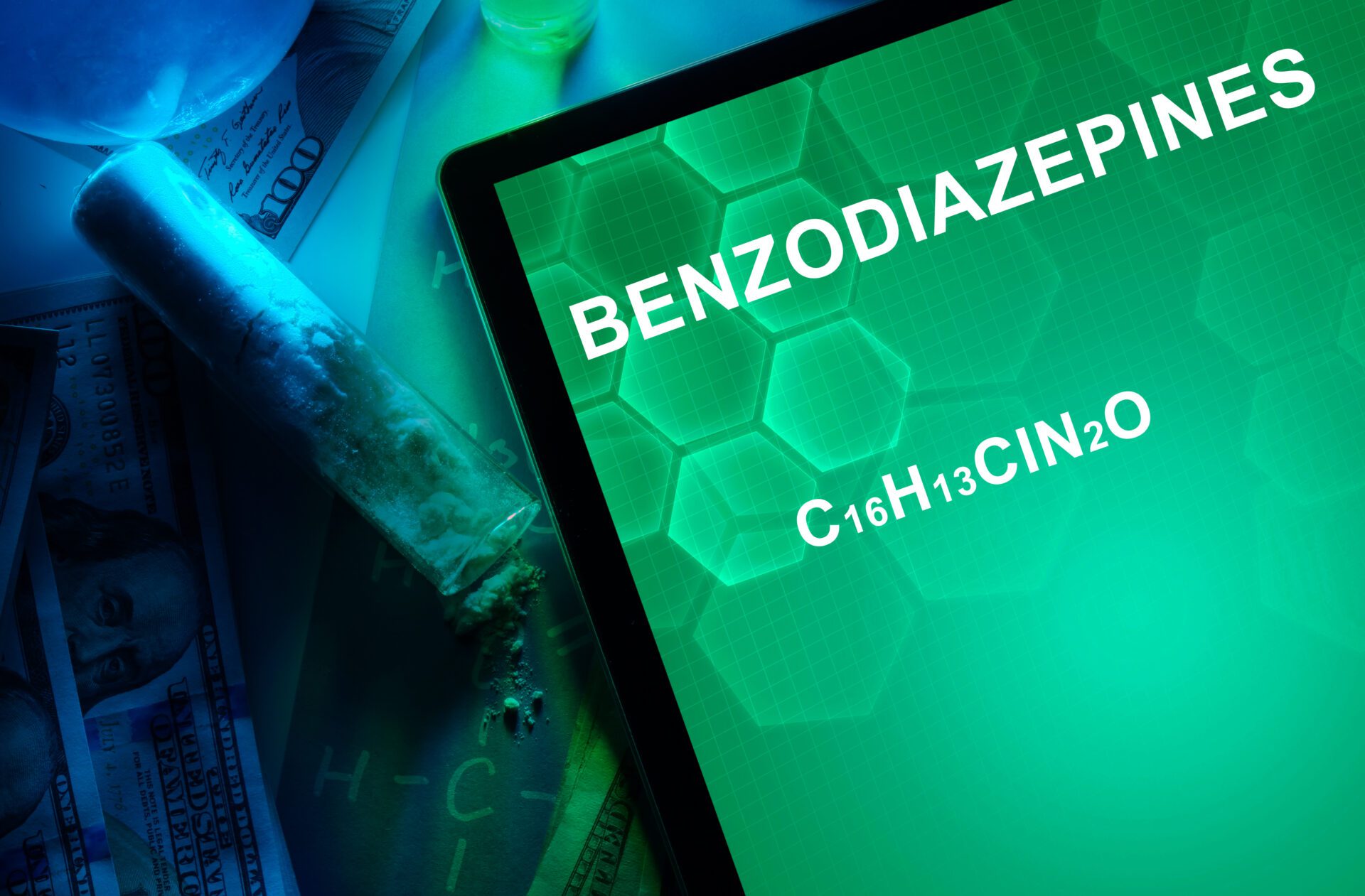
COMING OFF OF BENZODIAZEPINES
The study “Experiences with benzodiazepine use, tapering, and discontinuation: an Internet survey” by Alistair J. Reid Finlayson et al. (2022) is an important contribution to the literature on benzodiazepine withdrawal. The study surveyed 1,207 people who had taken benzodiazepines, either currently or in the past. The survey collected information about the participants’ experiences with benzodiazepine use, tapering, and discontinuation, as well as the impact of these experiences on their lives.
The study found that a significant number of participants experienced withdrawal symptoms during or after tapering or discontinuing benzodiazepines. These symptoms were often severe and lasted for months or even years. The most common withdrawal symptoms were anxiety, insomnia, and depression. Other symptoms included irritability, fatigue, concentration problems, and physical symptoms such as tremors, muscle tension, and headaches.
The study also found that the participants’ experiences with benzodiazepine withdrawal had a significant impact on their lives. Many participants reported that their withdrawal symptoms interfered with their work, social relationships, and recreational activities. Some participants also reported that their withdrawal symptoms led to suicidal thoughts or attempts.
The study’s findings highlight the need for greater awareness of the potential risks of benzodiazepine withdrawal. The study also suggests that people who are taking benzodiazepines should be carefully monitored during tapering or discontinuation. If you are taking benzodiazepines, it is important to talk to your doctor about the risks of withdrawal and how to taper safely.
The study’s authors make several recommendations for future research on benzodiazepine withdrawal. These recommendations include:
- Conducting more research on the prevalence and severity of benzodiazepine withdrawal symptoms.
- Investigating the factors that contribute to the severity of benzodiazepine withdrawal symptoms.
- Developing more effective treatments for benzodiazepine withdrawal.
The study’s findings are important for both prescribers and patients. Prescribers should be aware of the potential risks of benzodiazepine withdrawal and should carefully monitor patients during tapering or discontinuation. Patients should also be aware of the risks of withdrawal and should talk to their doctor about how to taper safely.
Tapering off of benzodiazepines:
Always consult with a doctor first. This is in NO way to be considered as medical advice.
Benzodiazepines are a class of drugs that are used to treat anxiety, insomnia, and other conditions. They work by binding to GABA receptors in the brain, which helps to reduce anxiety and promote sleep.
Benzodiazepines can be addictive, and it is important to taper off them gradually when you are ready to stop taking them. Tapering helps to reduce the risk of withdrawal symptoms, which can be unpleasant and even dangerous.
There is no one-size-fits-all approach to tapering from benzodiazepines. The best way to taper will depend on your individual circumstances, such as the length of time you have been taking the drug, your current dose, and your overall health.
However, there are some general guidelines that can help you taper safely and effectively.
- ALWAYS talk to your doctor first. Your doctor can help you develop a tapering schedule that is right for you.
- Start by reducing your dose by a small amount. A good starting point is to reduce your dose by 10-25%.
- Wait two weeks between dose reductions. This will give your body time to adjust to the lower dose.
- Be patient. Tapering from benzodiazepines can take time. Don’t try to reduce your dose too quickly or you may experience withdrawal symptoms.
Talk to your doctor if you experience withdrawal symptoms, such as anxiety, insomnia, or headaches. They may be able to prescribe medication to help you manage these symptoms.
American Addiction Disorders (AAD) has a wealth of resources on its website, including information on tapering from benzodiazepines. The website includes a tapering calculator that can help you determine how much to reduce your dose each week.
How to Taper off Benzodiazepines
Tapering off benzodiazepines can be a difficult process, but it is important to do it safely and gradually. Here are some tips:
- Talk to your doctor. Your doctor can help you develop a tapering schedule that is right for you.
- Start by reducing your dose by a small amount. A good starting point is to reduce your dose by 10-25%.
- Wait two weeks between dose reductions. This will give your body time to adjust to the lower dose.
- Be patient. Tapering from benzodiazepines can take time. Don’t try to reduce your dose too quickly or you may experience withdrawal symptoms.
- Get support. There are many resources available to help you taper off benzodiazepines. Talk to your doctor, a therapist, or a support group.
With patience and support, you can safely taper off benzodiazepines and regain control of your life.
SOURCES:
(1)Alistair J. Reid Finlayson, Department of Psychiatry and Behavioral Sciences, Vanderbilt Psychiatric Hospital, Vanderbilt University Medical Center, Suite 3010, 1601 23rd Avenue South, Nashville, TN 37212, USA; https://www.ncbi.nlm.nih.gov/pmc/articles/PMC9047812/
PMC: PubMed Central, NIH-National Library of Medicine, “Duration of Neurocognitive Impairment with Medical Cannabis Use: A Scoping Review”, www.ncbi.nlm.gov/pmc/articles/PMC8006301/
American Addiction Centers, “How long does marijuana (weed) stay in your system?” www.addictioncenters.org
American Addiction Centers, “How to Taper Off Benzodiazepines”, Reviewed by: Michael Kaliszewski, PhD, Updated Jul 19, 2022 https://americanaddictioncenters.org/benzodiazepine/how-to-taper-off-benzodiazepines
